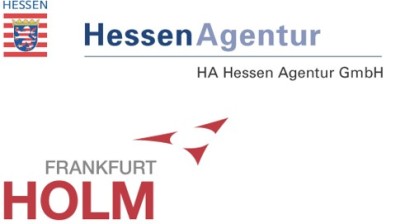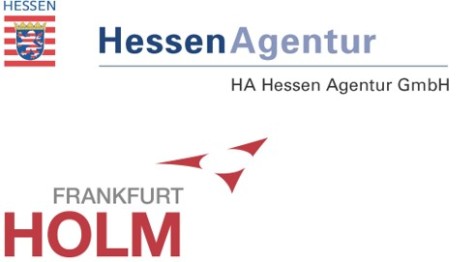Taking this problem as a starting point, a look at the practice shows that a variety of platforms are currently being developed to strengthen cross-actor communication and efficient networking in CT. These platforms range from coordinating supply and demand (matching), to increase capacity utilization on the rail infrastructure, to local platforms for bundling information flows at CT nodes (e.g., at seaports and airports) to central platforms for the comprehensive integration of the entire CT transport chain. Previous research often addresses the potential of such digital, multi-sided platforms in CT, while the conditions for when the adoption of a platform makes sense have been largely neglected so far.
The fundamental objective of the project ConnectedKV is to analyze the adoption decision of (comprehensive) multi-sided platforms in CT from the user perspective. The influencing factors (drivers and barriers) on the adoption decision will be investigated. Their effects on the diffusion or platform acceptance are to be evaluated, considering the impact of positive and negative network effects. Building on this basic objective, the effects of platforms implemented in CT on the business model level will be explored in greater depth. For this purpose, the changes to established business models resulting from comprehensive platforms in CT will be examined from the user perspective. From the perspective of platform providers, the focus is on identifying newly emerging business models in CT.
Methodologically, the exploratory objective is addressed with an inductive, qualitative interview study. In semi-structured interviews with the different groups of actors represented in CT, both the adoption decision and the effects at the business model level are addressed and systematically evaluated in a subsequent coding process. This process is supported by a project consortium of associated partners, with whom the interview guidelines are piloted and the interview results are validated.
Short Title: ConnectedKV
Project duration: April 2023 to October 2024
Project partner:
- catkin GmbH
- Rail-Flow GmbH
- Kombiverkehr Deutsche Gesellschaft für kombinierten Güterverkehr mbH & Co. KG
- Infront Consulting & Management GmbH
Funding: This project (HA-project-no.: 1469/23-23) is funded by the federal state of Hesse and the HOLM-Förderung as part of the measure “Innovations in Logistics and Mobility” measure from the Hessian Ministry for Economy, Energy, Transportation and Housing.
Project lead: Paul Bossong and Anne Friedrich




